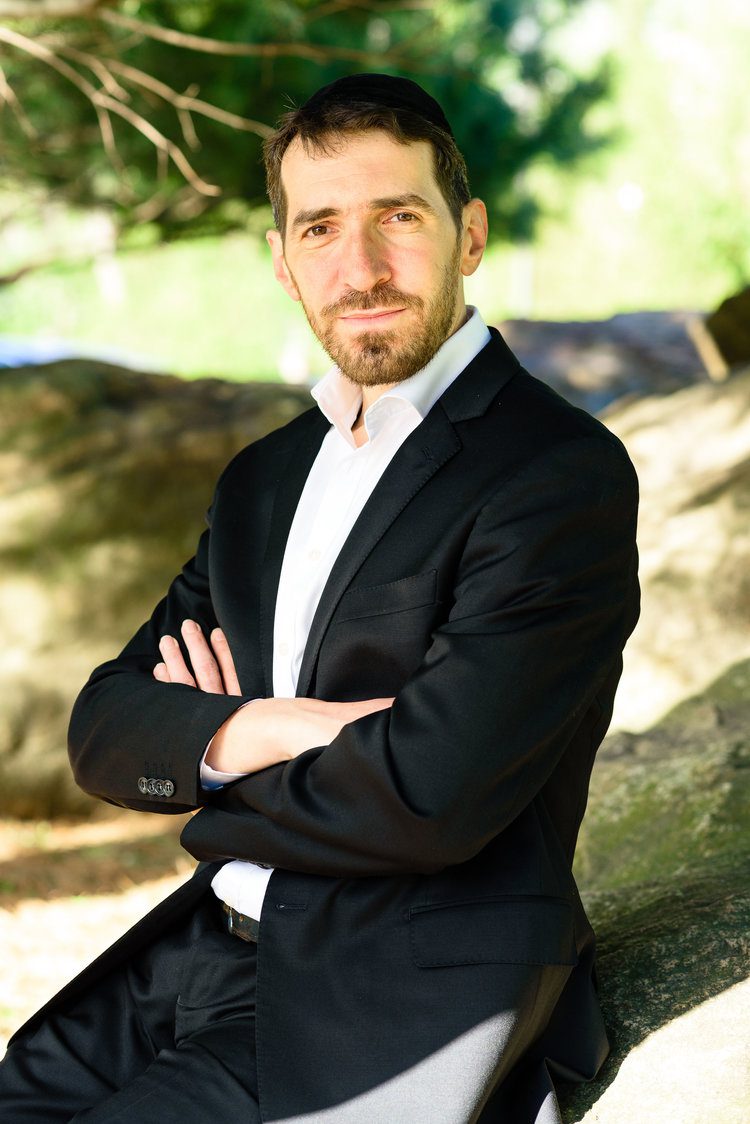Classical Reviews
The Nashville Symphony Presents Carmina Burana
On Saturday, June 1, the Nashville Symphony gave a special performance of Carl Orff’s Carmina Burana, featuring the Nashville Ballet, Nashville Symphony Chorus, and Blair Children’s Chorus. The program also featured Joan Tower’s Sixth Fanfare for the Uncommon Woman and Jonathan Leshnoff’s Symphony No. 4, “Heichalos.” All four performances were sold out, and with good reason: this was quite possibly the greatest concert of the Symphony’s season.

Joan Tower composed Sixth Fanfare for the Uncommon Woman in 2007, after a nearly 20-year hiatus from composing the other five Fanfares, to honor the Baltimore Symphony’s centennial season. Like the other five Fanfares, this piece was dedicated to a woman who “decided to take risks” and “is adventurous.” Tower’s Fanfares are quite popular, and have been performed by more than five hundred ensembles around the world. Her success doesn’t stop there: Tower was the first woman to ever win the Grawemeyer Award, and the Nashville Symphony’s 2008 recording Made in America, Tambor, and Concerto earned three GRAMMY Awards.
The piece began with a driving ostinato, which was kept steady and delightfully energetic throughout. As more voices were incorporated into the music, the blend and balance of the orchestra was phenomenal and created such interesting timbres. The orchestra also captured every shift in character, every high and low, and transitioned between them with masterful ease and facility. The energy of the ostinato persisted until the very end, which did not feel like a typical, definite ending. While this did not feel like a usual opener, it was very refreshing and well-performed by the orchestra.
Jonathan Leshnoff began the composition of his Fourth Symphony in 2015, and completed it in 2017. The piece was premiered by the Nashville Symphony in 2018, using the

Violins of Hope, a collection of restored string instruments played by Jewish Musicians during the Holocaust. This recording was recently released on CD. The symphony takes the listener on a meditative and spiritual journey once taken by many Rabbis, in which they traveled through “rooms” in order to communicate with the Divine. The music is in two distinct parts: the first, a dark representation of knowing all that happens in the world, and the second, which Leshnoff describes as a “love song between humanity and God.”
The first part opened with an extremely dissonant and emotional opening, which includes an impressive trombone feature that progressed into powerful, full-brass chords. Difficult mixed meter string passages formed the steady, driving motive of the piece, and were executed with ease by the symphony. All of the timbres accurately captured the dark, somber mood, which was convincingly sustained throughout by the full orchestra. A refreshing character shift that featured the masterful blend of the clarinet and piano lightened the mood just before an exciting push to the second part. All of these shifts and emotions were beautifully captured and displayed by the Nashville Symphony, and definitely conveyed the thoughts and emotions of the composer.
The second part opened very differently than the first, and focuses the attention of the audience on the delicate melodies in the strings, particularly the violins. After just a few bars, it was easy to understand why the piece was written for a premiered using the Violins of Hope. The audience seemed to be absolutely captivated by these almost ethereal melodies, and were only brought back to reality as the pizzicato notes in the bass lightly broke the spell. Beautiful blend and balance in the violas and cellos lead seamlessly into the full orchestra’s entrance, and was done so effortlessly by the symphony. The excitement and energy built relentlessly to a triumphant climax peppered with chimes, and was eventually topped again by full, orchestral chords with organ for extra thickness. It was truly an impressive wall of sound that clearly depicted what the composer intended. Soon after, it subsided into the same delicate string melodies and sustained chords as the beginning, and once again captivated the audience until the very end. Leshnoff’s Symphony never seemed to go quite where the audience expected, but the piece definitely did not disappoint, and received a well-deserved standing ovation.

Carl Orff composed Carmina Burana in 1935 and 1936, and the piece was premiered in 1937. Orff’s intention was to include all of the performing arts into one spectacle, and even incorporated backdrops, costumes, and lighting in the performance, and labeled it as a “scenic cantata.” The inspiration for the piece came from an anthology of medieval poems that Orff found in a rare bookstore, entitled Carmina Burana. After its premiere, Carmina Burana was criticized for its graphic sexuality, but also recognized as an example of populist new music during the Third Reich. This, along with Orff’s opportunism during these years, has somewhat tainted the music, although it has remained widely popular and used commercially.
The opening O Fortuna was both extremely powerful and visually stunning. The costuming, lighting, and film by Duncan Copp added so much to the well-known music that it felt as though I was truly experiencing Carmina for the first time all over again. All of the members of the Nashville Ballet danced beautifully and conveyed the story and moods of the piece much better than words and music alone ever could. The music, however, was also fantastic as always. The Nashville Symphony Chorus performed with so much energy, clear diction, and masterful blend. The orchestra sounded wonderful despite being in the pit, and balanced with the Symphony Chorus quite well.
What truly made the performance spectacular, however, was the immersive experience. The film, ballet, orchestra, and chorus combined created such a spectacle onstage, which was complemented by vocalists in other locations around the hall. The Blair Children’s Chorus provided a surround sound-like effect from the back of the hall (with wonderful tone and balance, too!). The three soloists, Valentina Farcas, John Logan Wood, and Stephen Powell, were positioned at different points around the hall, adding more to the experience. I had the pleasure of sitting directly behind Stephen Powell as he sang Dies, nox et omnia in one of the aisles, and it was truly a breathtaking experience.
Words simply cannot do this performance justice. Of all the Nashville Symphony concerts I have attended, this was certainly one of the most interesting and memorable. I am certainly looking forward to more programs like this in the future! There could not have been a more perfect way to transition into the summer season.
- About the Author
- Latest Posts


